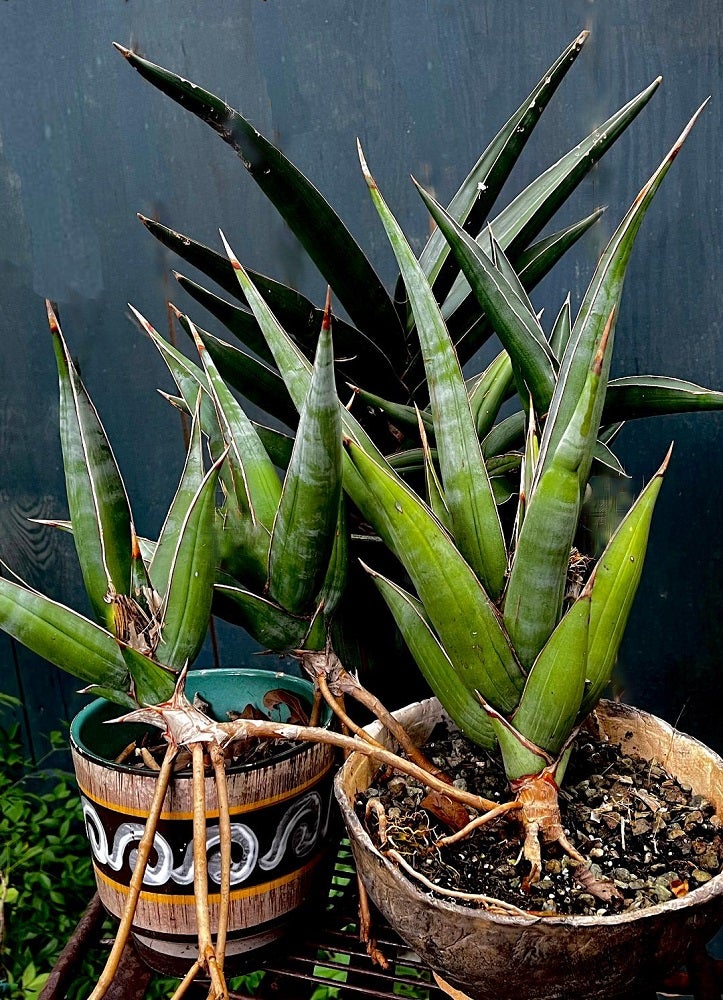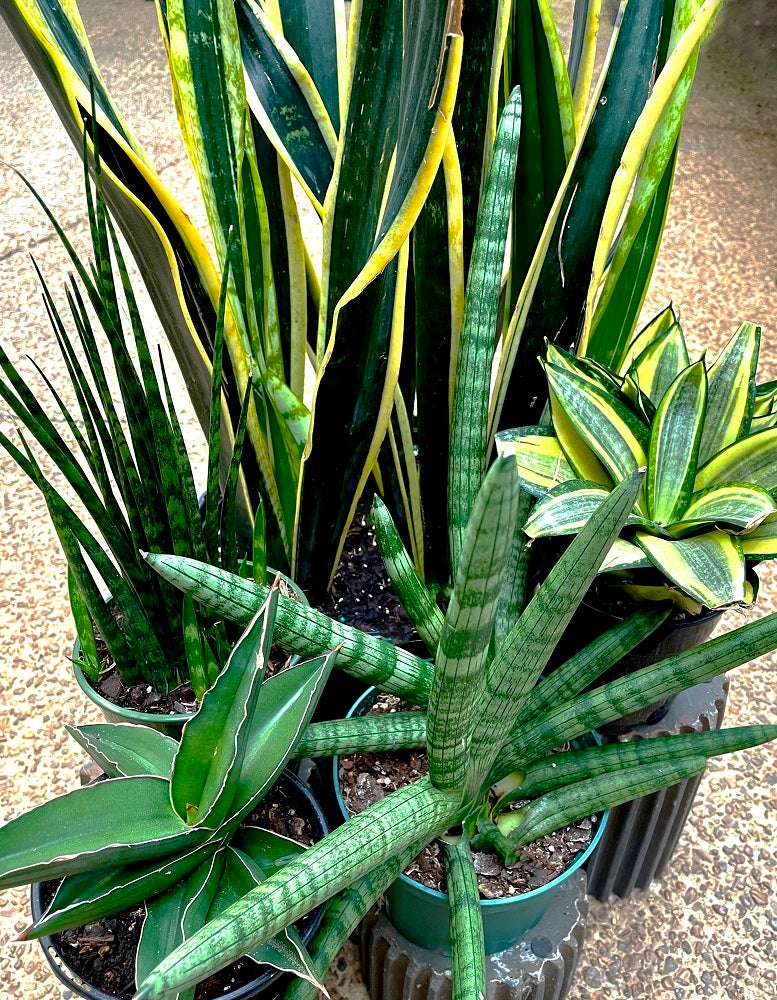Tongue-In-Law Plant
Published 8:30 am Saturday, June 17, 2023
Ever hear of a “tongue-in-law” plant? Me either, though turns out I have cherished it for decades, protected from winter freezes and now currently hunkering with me indoors, keeping dry from summer deluges.
You have seen the plants all your life, tucked in dim corners of homes, offices, and bank lobbies. I have photographed them in large private greenhouses collections as well as in their native Africa and as groundcovers in Florida, California, and other frost-free gardens. Granny Boyer kept the one from my granddad’s funeral in a pot covered with crinkled silvery tinfoil to “pretty it up.”
Named Sansevieria after an Italian scientist from San Severo, Italy, we mostly call it snake plant or mother-in-law’s tongue. Most kinds are dense, stemless clusters of sword-shaped leaves or low-growing rosettes like little agaves or bromeliads. Whether their leaves are deep green or ghostly or have stripes, bands, or golden leaf edges, all easily tolerate low light, low humidity, and hit-or-miss watering.
While all sansevierias are succulents, and store water in their plump leaves and underground stems, they are lumped into two broad groups depending on the growing conditions where they are native. Leaves of the most familiar shade-loving jungle types are usually long and wide, ranging from sword-like to a foot across like flat beaver tails; tropical desert types are usually thinner, even rounded like carrots, with hard skins that resist moisture loss.
The bizarre kinds I grow have survived my neglectful style of plant care since the 1970s. Love their exotic leaf shapes and patterns, and their ability to survive in low light and being able to go for months without being watered.
One of my favs has short, fat leaves, sharply pointed and triangular in cross-section and is deeply grooved to collect scarce rainwater. It is called “walking sansevieria” because, rather than spreading from underground stems like bearded iris, this one produces aerial stolons arching above the ground on long, stilt-like roots making the plants look like they are walking away from one another.
Anyway, my research led me to a reference that has to be one of the worst ever into-English horticultural translations. Here are some unedited (original wording) excepts from an earnest aficionado:
“The Beautiful Sanseviera is known as the tongue-in-law because its shape resembles a long, pointy tongue. Also, other nicknames, crop sword because its shape resembles a sword. Some even call him a snake plant because most Sanseviera has color and motif that resembles a snake.
“Sanseviera has known of its existence since tens of years ago. In days of old, good for its natural fiber quality is frequently utilized. Not only beautiful, Sanseviera turned out to have so many benefits. Wait what more? Sanseviera immediately planted in your yard!”
Tongue in law? Speaking of what plants are called, I have a bone to pick with botanic taxonomists who task themselves with organizing and naming plants into closely-related groups. Trouble starts when they run out of ways to distinguish plants by how they look or flower; now, using a technique called molecular phylogenetics, they are reassigning plants according to DNA, which leads to changing deeply-ingrained names of popular plants. Like when they changed Chrysanthemum to Dendranthema; mercifully this unpopular decision has been reversed.
But they recently lumped ground-hugging succulent Sansevierias into a larger group of upright tree-like plants called Dracaena, which are long-stemmed tropical trees commonly grown as potted houseplants.
While I’m certainly not a technophobic neo-Luddite, pardon my stubbornly clinging to the old familiar name of my most durable plant collection. I’ll passive-aggressively continue calling it Sansevieria. But not tongue-in-law.
Felder Rushing is a Mississippi author, columnist, and host of the “Gestalt Gardener” on MPB
Think Radio. Email gardening questions to rushingfelder@yahoo.com.





